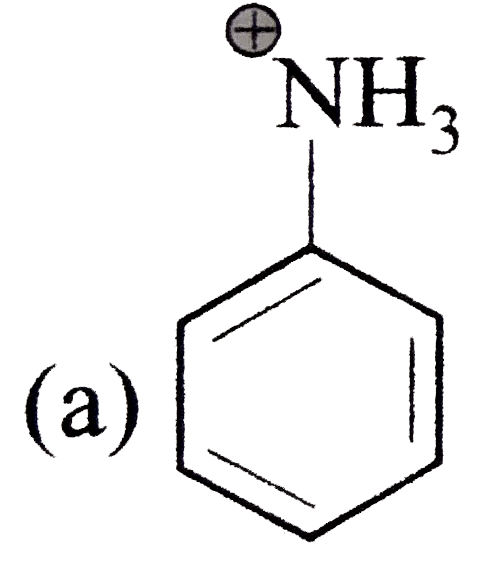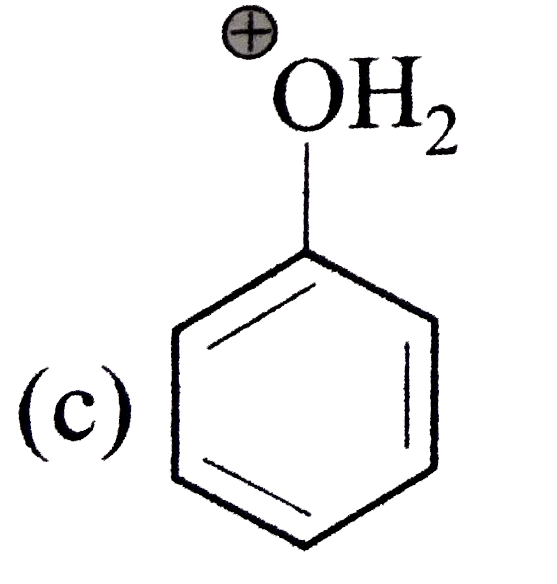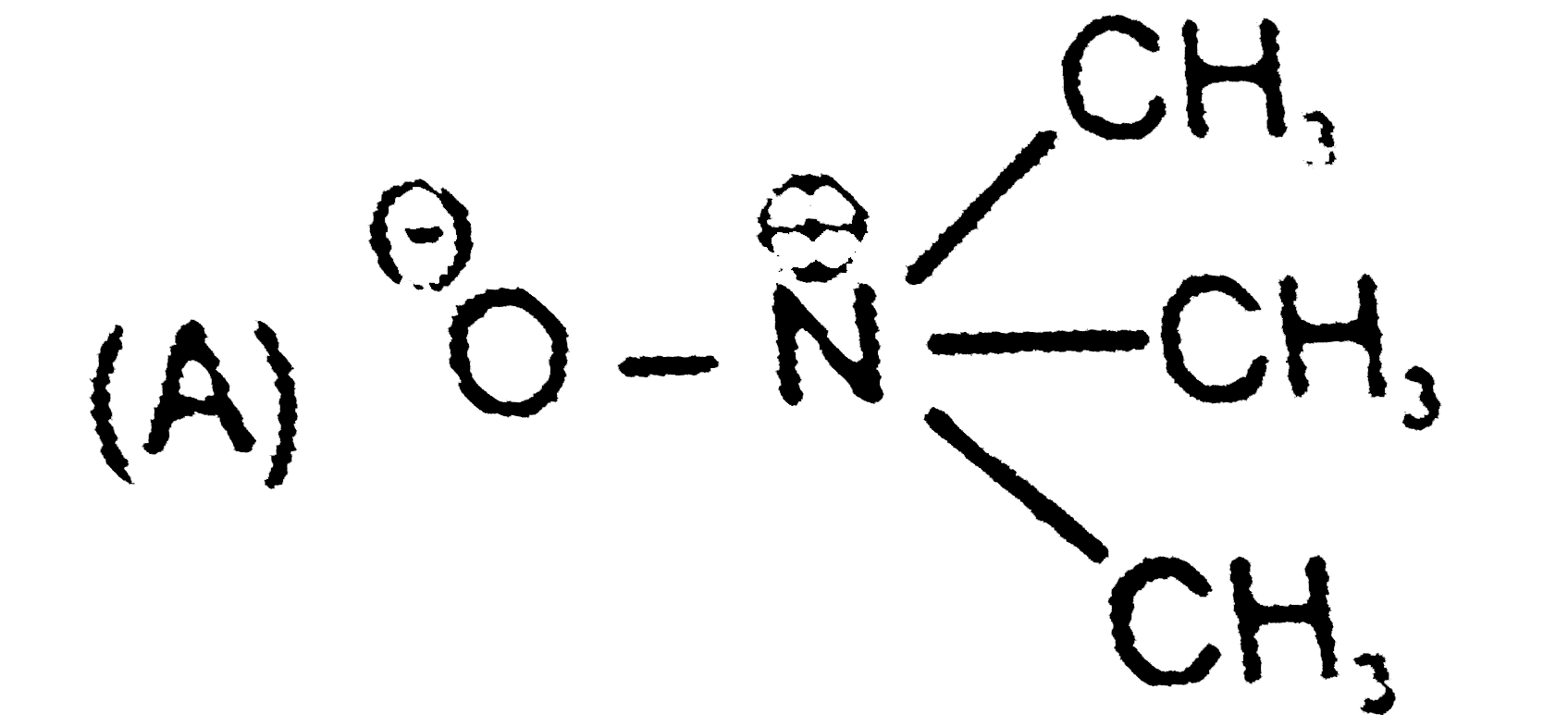A
B
C
D
Text Solution
AI Generated Solution
The correct Answer is:
|
Topper's Solved these Questions
SOME BASIC PRINCIPALS OF ORGANIC CHEMISTRY
A2Z|Exercise Acid And Basic Strength|29 VideosView PlaylistSOME BASIC PRINCIPALS OF ORGANIC CHEMISTRY
A2Z|Exercise Bond Fission, Reagents, Reactive Intermediates And Their Stability|31 VideosView PlaylistSOME BASIC CONCEPTS OF CHEMISTRY
A2Z|Exercise Section D - Chapter End Test|30 VideosView PlaylistSTATES OF MATTER
A2Z|Exercise Section D - Chapter End Test|30 VideosView Playlist
Similar Questions
Explore conceptually related problems
Knowledge Check
Similar Questions
Explore conceptually related problems
A2Z-SOME BASIC PRINCIPALS OF ORGANIC CHEMISTRY-Section D - Chapter End Test
- In which delocalisation of positive charge is possible?
04:01
|
Playing Now - Arrange the following comounds in increasing order of length of their ...
04:53
|
Play - The order of heat of hydrogenation in following compounds is:
03:06
|
Play - S(N)1 reaction is faster in
02:08
|
Play - Which compound would be least soluble in water?
01:34
|
Play - Among the following compound which can be dehydrated very easily is :
02:28
|
Play - Which of the follwing is not the characteristic of the mechanism of fr...
07:31
|
Play - Find the strongest acid among the following compound
01:54
|
Play - Among the following the dissociation constant is highest
03:04
|
Play - Which one of the following compounds is most acidic
02:10
|
Play - The optically active tartaric acid is named as D-(+)- tartaric acid be...
02:18
|
Play - Among the following compounds (I-II) the correct order of reaction wit...
02:33
|
Play - The following reaction is described as
02:32
|
Play - Which of the following is the most stable cation?
02:06
|
Play - The observed dipole moment of nitromethane is highly than the dipole m...
03:12
|
Play - Dehydrohalogenation in presence of OH^(-) is correct represented by
01:50
|
Play - Among the following the aromatic compound is
05:34
|
Play - Which of the following compounds are not arranged in order of decreasi...
07:13
|
Play - Most stable carbonium ion is :
02:57
|
Play - Which one of the following species is most stable
03:00
|
Play - Which of the following gives most stable carbocation by dehydration
03:51
|
Play







